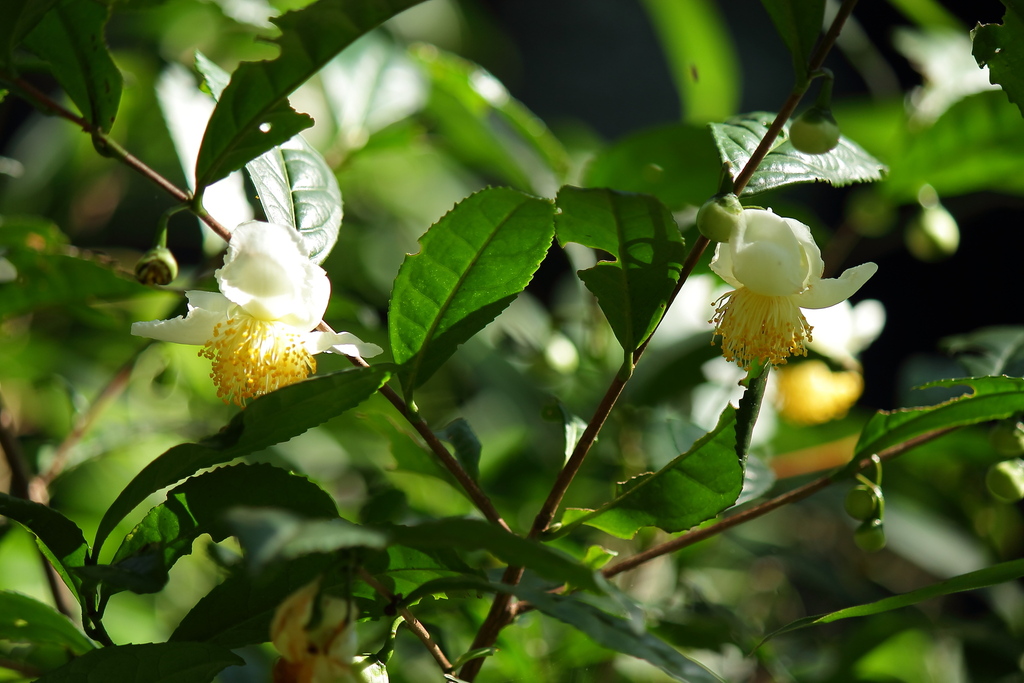Chronic exposure to UV radiation poses a significant threat to skin health, as it accelerates the breakdown of collagen and elastin fibers, resulting in premature aging symptoms like wrinkles, loss of elasticity, and age spots. Effective protection against UV-induced skin damage is crucial for preventing photoaging and the development of skin cancers. Consequently, there is a growing interest in using nanoparticulate systems to enhance the photoprotection provided by natural molecules, particularly in the development of sunscreens and specialized skin care treatments.
Plant extracts, such as those derived from Camellia sinensis L. (tea), are valued for their antioxidant, anti-inflammatory, and photoprotective attributes. However, a key challenge in utilizing these natural compounds is the difficulty their active molecules encounter in penetrating the skin barrier. To overcome this delivery limitation, the researchers explored the use of transfersomes. Transfersomes were considered as a potential solution because their lipidic structure allows them to easily pass through the skin, enabling a more targeted and deeper delivery of the active compounds. This study specifically focused on formulating Camellia sinensis extract into transfersomes for enhanced UVB radiation protection.
Methods
Four different C. sinensis samples (white tea (WT), green tea (GT), black tea (BT), and decaffeinated black tea (DBT)), derived from varied fermentation processes, were evaluated. The total content of phenols, flavonoids, and condensed tannins, along with specific polyphenolic compounds like theaflavins and thearubigins, were determined using spectrophotometric assays and HPLC coupled with PDA/ESI-MS/MS. The study also assessed the inhibitory effects of the extracts on enzymes implicated in skin aging (tyrosinase and elastase) and measured the Sun Protection Factor (SPF). Based on the initial findings, black tea extract was nanoformulated into transfersomes, and its anti-photoaging effects against UVB (100 mJ/cm²) were subsequently evaluated in normal human dermal fibroblasts (NHDF).
Key Findings
The evaluation of the C. sinensis extracts and the resulting black tea nanoformulation yielded several crucial results:
• Initial Photoprotection: Both black tea (BT) and decaffeinated black tea (DBT) demonstrated the highest initial Sun Protection Factor (SPF) values, recorded at 23.47 and 23.15, respectively, alongside notable enzyme inhibition activity. This efficacy was attributed to their rich content of the potent antioxidants, theaflavins and thearubigins.
• Cell Viability (Extracts Alone): White tea (WT) and green tea (GT) extracts exhibited significant protective effects against UVB-induced cell viability loss in NHDF at lower concentrations (50 µg/mL). In contrast, black tea (BT) required a much higher concentration (200 µg/mL) to achieve similar results, and at higher concentrations (100 and 200 μg/mL), BT significantly reduced cell viability compared to the control.
• Nanoformulation Characteristics: The black tea extract was subsequently formulated into transfersomes, which were characterized as small (around 60 nm), homogeneously dispersed, and negatively charged (-40 mV).
• Entrapment Efficiency: The entrapment efficiency of the transfersomes was high for the main components of C. sinensis, measuring 86.29 ± 2.31% for caffeine and 92.86 ± 4.79% for epigallocatechin gallate.
• Enhanced Efficacy: The transferosome-encapsulated black tea (TBT) showed significantly greater protection against UVB-induced loss of viability at 100 μg/mL and 200 μg/mL compared to the black tea extract (BT) alone.
• Collagen Restoration: Treatment using both the black tea extract and the black tea extract-loaded transfersomes partially restored collagen levels.
The primary novelty of this research lies in demonstrating that the nanoformulation of black tea extract offers significantly superior protection against the decline in fibroblast viability when mitigating UVB-induced damage compared to the extract administered alone. This enhanced efficacy is attributed to the transfersome nanoformulation’s ability to facilitate the delivery of the active bioactive molecules across cell membranes.
These findings suggest that while green tea is well-documented for its photoprotective properties, black tea, when formulated in transfersomes, also exhibits promising potential. The ability of nanoformulated black tea to effectively mitigate UVB-induced damage opens new avenues for its incorporation into cosmeceutical formulations. Specifically, this research suggests future applications as an ingredient in products aimed at preventing photoaging and improving overall skin health.
Link to the study: https://tinyurl.com/3s9wuyub

